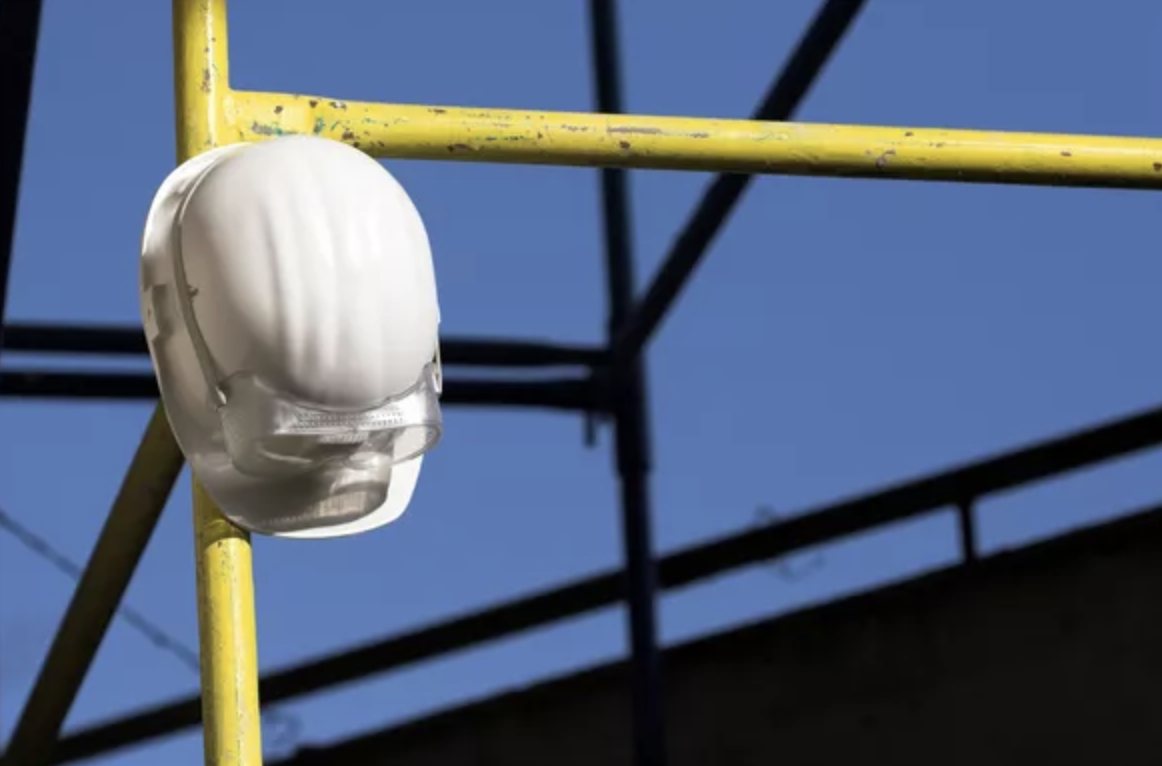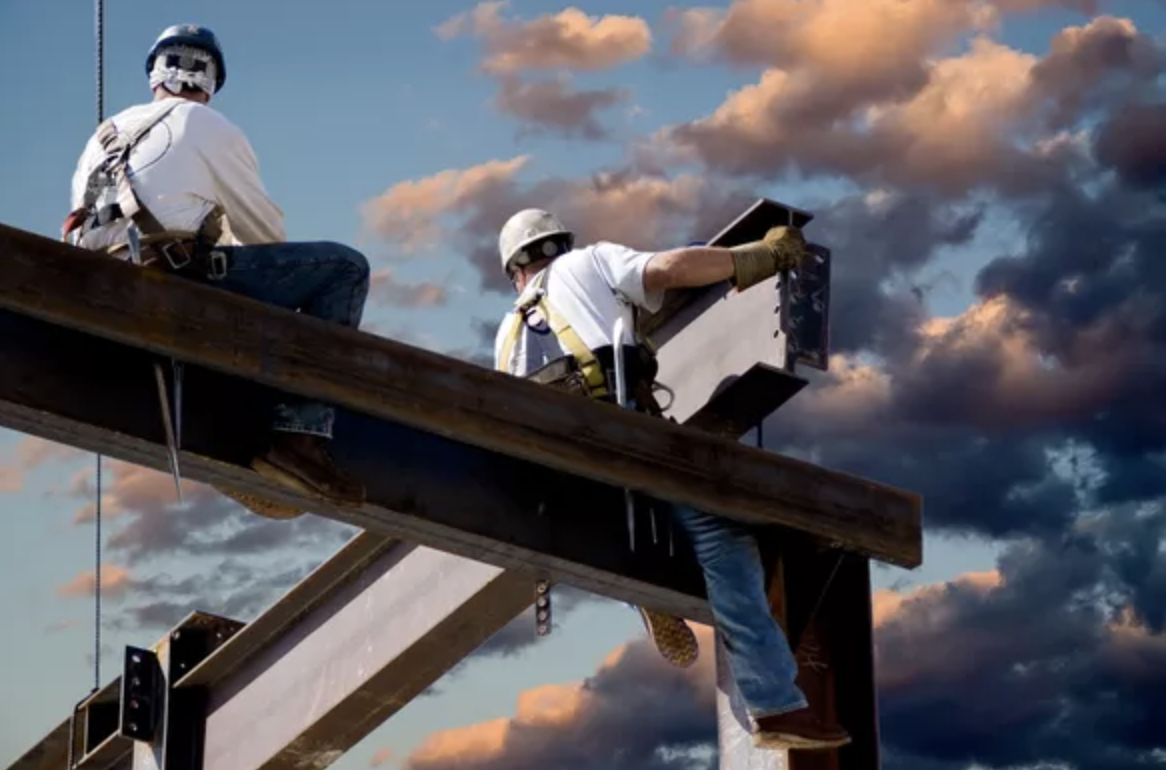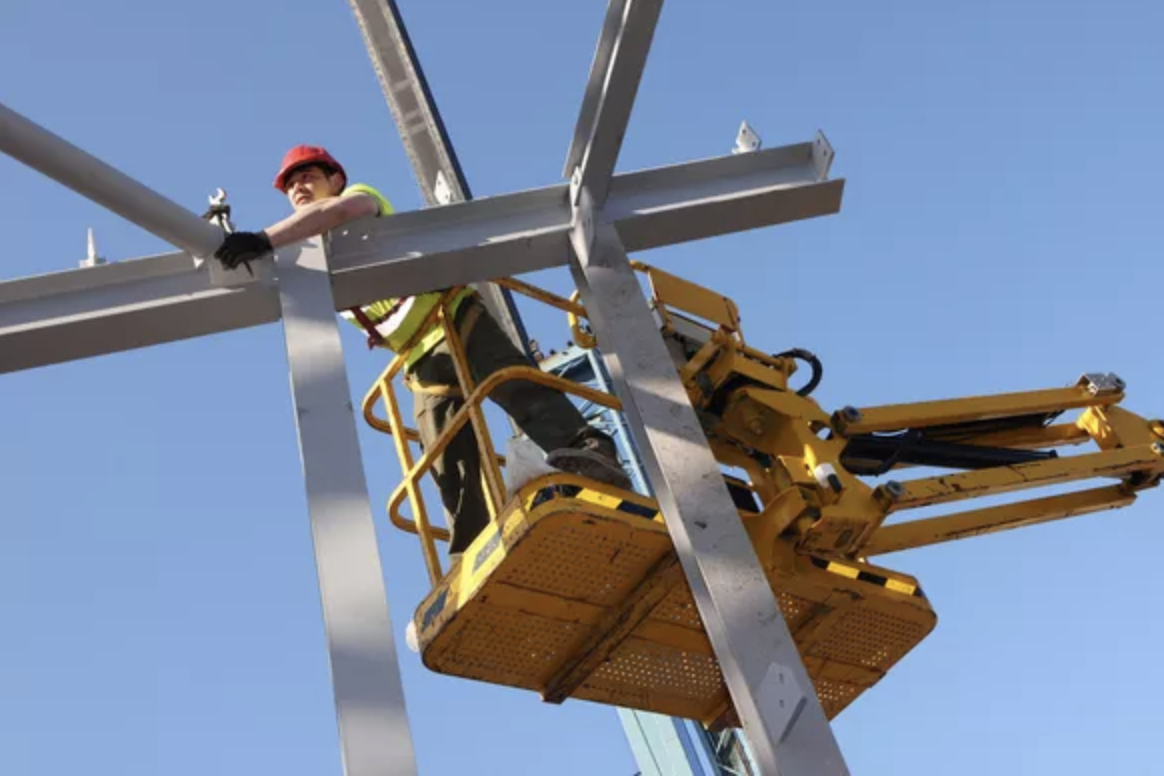In the insurance world, there are all sorts of variables that can influence your policy costs from one year to the next. Factors such as market shifts, nuclear verdicts, and investment returns affect all policyholders, no matter who you are, perhaps giving you the impression that there aren’t many things you can do to influence your insurance destiny.
But you're not completely at the mercy of these factors. There are tangible steps you can undertake to positively influence your risk profile.
Starting Strong: Perfecting Your Contracts
Every endeavor within the construction sector hinges significantly on its contracts. The negotiation of contractual language can be intricate and time-consuming, yet it's one of the most important steps to take before initiating any work on a project.
NBIS stands by the philosophy that an efficient contract or job ticket should encompass the following essential provisions:
- Indemnification or Partial Indemnification: This is essentially a commitment to cover potential damages, losses, or injuries. Strategizing the language such that your firm is liable only for losses stemming from its direct negligent actions can fortify your legal stance.
- Insurance Specifications: Incorporating an insurance clause in your contract is a prudent strategy to safeguard your company from unwarranted claims. This clause delineates the exact insurance coverage limits required by your client, the financial grading requisite for their insurer (typically an A.M. Best Company rating), and scenarios where your client's policy will recognize you as an "additional insured."
- Operation of Equipment Clause: This is paramount. It furnishes a robust "borrowed servant" rationale for actions executed by your operator. Successfully leveraging this argument enhances your immunity against potential legal actions instigated by a client's employee, in case of an injury. Infusing industry safety norms within this clause binds all contract parties to adhere to ANSI-sanctioned guidelines.
- Ground Conditions: This clause typically delegates responsibility for ground conditions and stability. Often, crane operators might lack awareness about the ground conditions, especially if it's their first day on the site. OSHA mandates the Controlling Entity be the one to ensure suitable ground conditions. Strategically drafted language in your contract regarding ground conditions can further fortify your position against unforeseen hazards.
- Power Lines: Our advised provision states that the onus rests with the customer/lessee to ensure the crane is safely distant from electric power lines and, if the crane operates in their vicinity, to get them de-energized.
As you might suspect, contract language can mean the difference between complete risk transfer and policy limit losses – when the language is both effective and ineffective. Having the right terms and conditions in your heavy equipment rental contracts isn’t something you should guess at—it’s simply way too important.
As an NBIS policyholder, we will literally re-underwrite your contracts—this includes short-term contracts, long-term contracts, and work tickets—with the optimal language, giving you the absolute greatest level of protection in the event of a loss or claim.
Reach out today to see how we can help.







